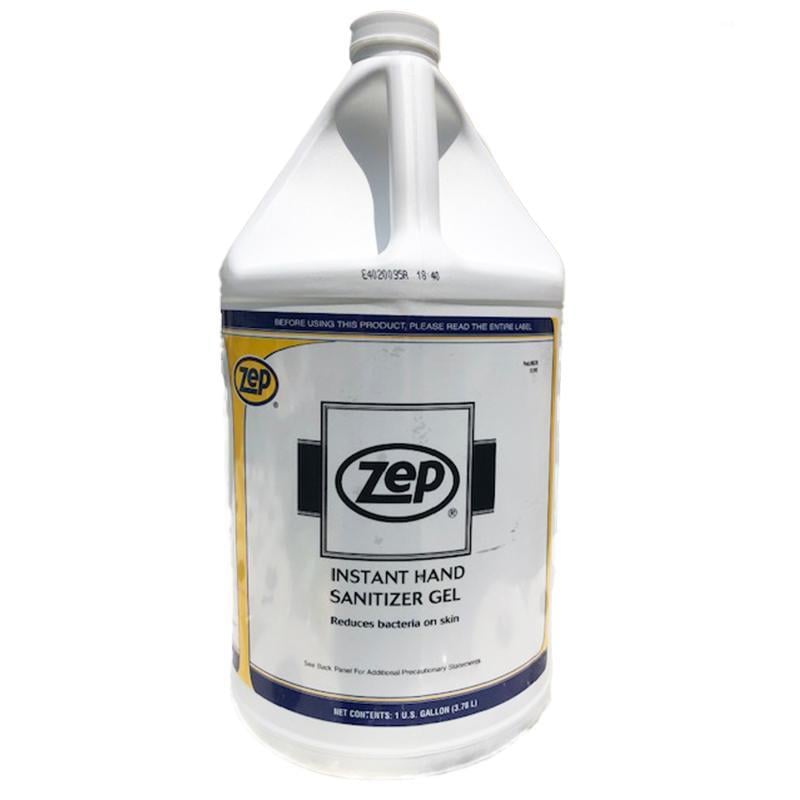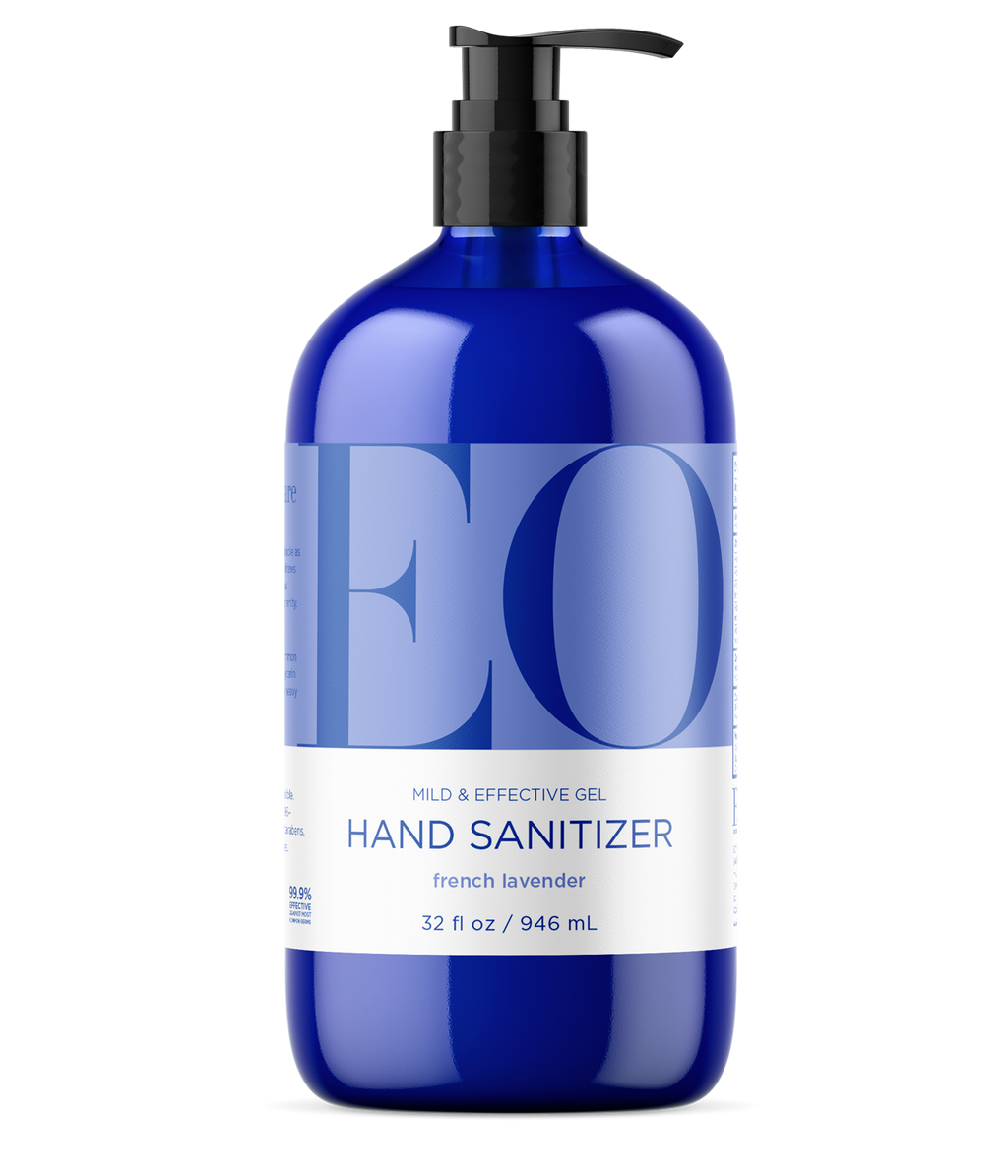Custom Hand Sanitizer Gel: Combining Safety and Design in Every Decline
Custom Hand Sanitizer Gel: Combining Safety and Design in Every Decline
Blog Article
The Science Behind Hand Sanitizer Gels: Exactly How They Maintain You Healthy and Safe
In today's fast-paced globe, hand sanitizer gels have become a common component of our day-to-days live. However have you ever before stopped to question the science behind these relatively easy options? Just how do they really maintain us healthy and risk-free? In this conversation, we will certainly check out the detailed devices that make hand sanitizer gels such effective tools in our battle against bacteria and infectious conditions. From the basics of hand sanitizing to the role of alcohol and the efficiency against COVID-19, we will certainly untangle the keys behind these humble bottles, leaving you with a much deeper understanding of their importance in keeping our wellness. So, allow's start this scientific trip and uncover the interesting globe of hand sanitizer gels with each other.
The Essentials of Hand Sanitizer Gels
Hand sanitizer gels, a crucial device in preserving individual health, act as a efficient and convenient means of eliminating unsafe germs and microorganisms from our hands. These gels commonly include a high concentration of alcohol, normally around 60-70%, which serves as the energetic ingredient in charge of killing bacteria. Alcohol works by denaturing the healthy proteins in bacteria and infections, successfully providing them unable and inactive to create damage.
To guarantee the performance of hand sanitizer gels, it is essential to make use of a sufficient quantity and apply it correctly. Professionals recommend making use of a dime-sized amount of gel and massaging it extensively over all surfaces of the hands, consisting of the fingertips, nails, and between the fingers. The gel ought to be emphasized up until it is completely dry, which usually takes about 20 seconds. This procedure guarantees that all locations of the hands are exposed to the sanitizer, maximizing its germ-killing capacity.

How Hand Sanitizer Gels Eliminate Germs
The effectiveness of hand sanitizer gels in getting rid of microorganisms and bacteria stems from the high concentration of alcohol they consist of. Alcohol, specifically isopropyl or ethyl alcohol, is the energetic component in most hand sanitizers. It works by denaturing the proteins and enzymes that compose the structure of microorganisms, properly killing them.
When applied to the hands, the alcohol in the gel quickly vaporizes, leaving a deposit of alcohol molecules. These molecules pass through the cell wall surfaces of germs and infections, causing them to damage apart and shed their capability to work. This process is understood as protein denaturation.

Additionally, it is important to keep in mind that hand sanitizer gels are most effective when used on visibly tidy hands (Branded Hand Sanitizer Gel). Dust, oil, or other substances on the hands can develop an obstacle between the sanitizer and the germs, decreasing its performance
The Duty of Alcohol in Hand Sanitizer Gels
Alcohol plays a crucial role in the effectiveness of hand sanitizer gels by denaturing the proteins and enzymes of microorganisms, inevitably removing them. The main component in a lot of hand sanitizer gels is ethanol or isopropyl alcohol, both of which have the capability to interfere with the structure and feature of germs and viruses.
When put on the skin, alcohol acts as a solvent, passing through the outer membrane layer of microbes. It then targets their enzymes and healthy proteins, which are crucial for their survival and reproduction. By denaturing these vital parts, alcohol efficiently destroys the bacteria, making them incapable to trigger infection or disease.
The focus of alcohol in hand sanitizer gels is a crucial aspect in their effectiveness. The Centers for Disease Control and Prevention (CDC) suggests a minimum alcohol concentration of 60% for hand sanitizers to be efficient against the majority of kinds of germs. This focus ensures that a sufficient amount of alcohol is present to denature the healthy proteins and enzymes of microbes.
It is very important to note that while alcohol-based hand sanitizer gels are reliable in eliminating many kinds of bacteria, they may not work versus all types, such as those that are immune to alcohol. In these instances, it is suggested to clean hands with soap and water for a minimum of 20 seconds. Nevertheless, in the majority of situations, using hand sanitizer gels with the appropriate alcohol focus can provide a effective and practical ways of maintaining hands clean and lowering the risk of spreading out bacteria.
Comprehending the Significance of Appropriate Hand Sterilizing Techniques
Appropriate hand sterilizing strategies are important in maintaining efficient protection versus a variety of germs and decreasing the danger of infection or disease. While hand sanitizers have shown to be reliable in killing many kinds of bacteria, it is very important to recognize that their performance is greatly based on appropriate application.
Firstly, it is essential to utilize an adequate quantity of sanitizer. A pea-sized amount is commonly advised, yet it may vary recommended you read depending on the brand. Applying inadequate sanitizer might cause poor coverage, leaving some locations of the hands unprotected.
Second of all, it is essential to scrub the sanitizer into all surfaces of the hands, including the hands, rear of the hands, fingers, and also the rooms in between fingers. The scrubing activity aids to make certain that the sanitizer is distributed equally and reaches all the areas where germs might exist.
In addition, it is very important to continue massaging the sanitizer up until the hands are totally dry. This normally takes about 20 seconds, during which time the sanitizer is given enough contact time to eliminate the bacteria successfully.
Finally, it is vital to stay clear of rubbing out or rinsing the sanitizer after application. Allowing it air completely dry guarantees that the active components have enough time to function and offer the preferred protection.
The Effectiveness of Hand Sanitizer Gels Versus COVID-19
Hand sanitizer gels have actually demonstrated considerable efficiency in combating the spread of COVID-19. These gels consist of alcohol, normally in the type of ethanol or isopropyl alcohol, which has been proven to be reliable versus a vast array of infections, including coronaviruses. The alcohol in hand sanitizers works by denaturing the healthy proteins in the infection, breaking down its protective envelope, and ultimately eliminating it.
Research studies have revealed that hand sanitizers with an alcohol web content of at the very least 60% are very efficient in eliminating the SARS-CoV-2 infection, which causes COVID-19. When applied effectively, hand sanitizer gels can dramatically reduce the number of feasible virus bits on the skin, assisting to stop its transmission. It is vital to keep in mind that hand sanitizers are not a replacement for correct handwashing with soap and water, specifically when hands are greasy or visibly filthy.
It is vital to make use of hand sanitizer gels properly for optimum effectiveness. To do so, use a dime-sized total up to the palm of one hand and scrub your hands with each other, covering all surfaces, consisting of between fingers and around nails, until the gel is completely dry. It is also important to make certain that the gel covers the entire surface area of the hands, as any missed areas could still harbor the infection.
Final Thought
In final thought, hand sanitizer gels play an essential duty in maintaining people safe and healthy and balanced by properly eliminating bacteria. The presence of alcohol in these gels adds to their germ-killing buildings. However, it is crucial to comprehend and practice appropriate hand sterilizing strategies for optimum effectiveness. In the websites context of the COVID-19 pandemic, hand sanitizer gels have been proven to be effective in reducing the transmission of the virus.
Hand sanitizer gels, a vital tool in preserving individual hygiene, offer as a practical and effective means of removing dangerous bacteria and bacteria from our hands. It is vital to keep in mind that hand sanitizer gels ought to not change normal handwashing with soap and water, which is still thought about the gold standard for hand hygiene.
In the majority of scenarios, using hand sanitizer gels with the ideal alcohol focus can supply a reliable and hassle-free ways of maintaining hands clean and click here for more info minimizing the danger of spreading out bacteria. (Branded Hand Sanitizer Gel)
It is important to note that hand sanitizers are not a replacement for proper handwashing with soap and water, particularly when hands are noticeably dirty or oily.
To do so, apply a dime-sized quantity to the hand of one hand and scrub your hands with each other, covering all surface areas, including between fingers and around nails, until the gel is dry.
Report this page